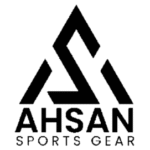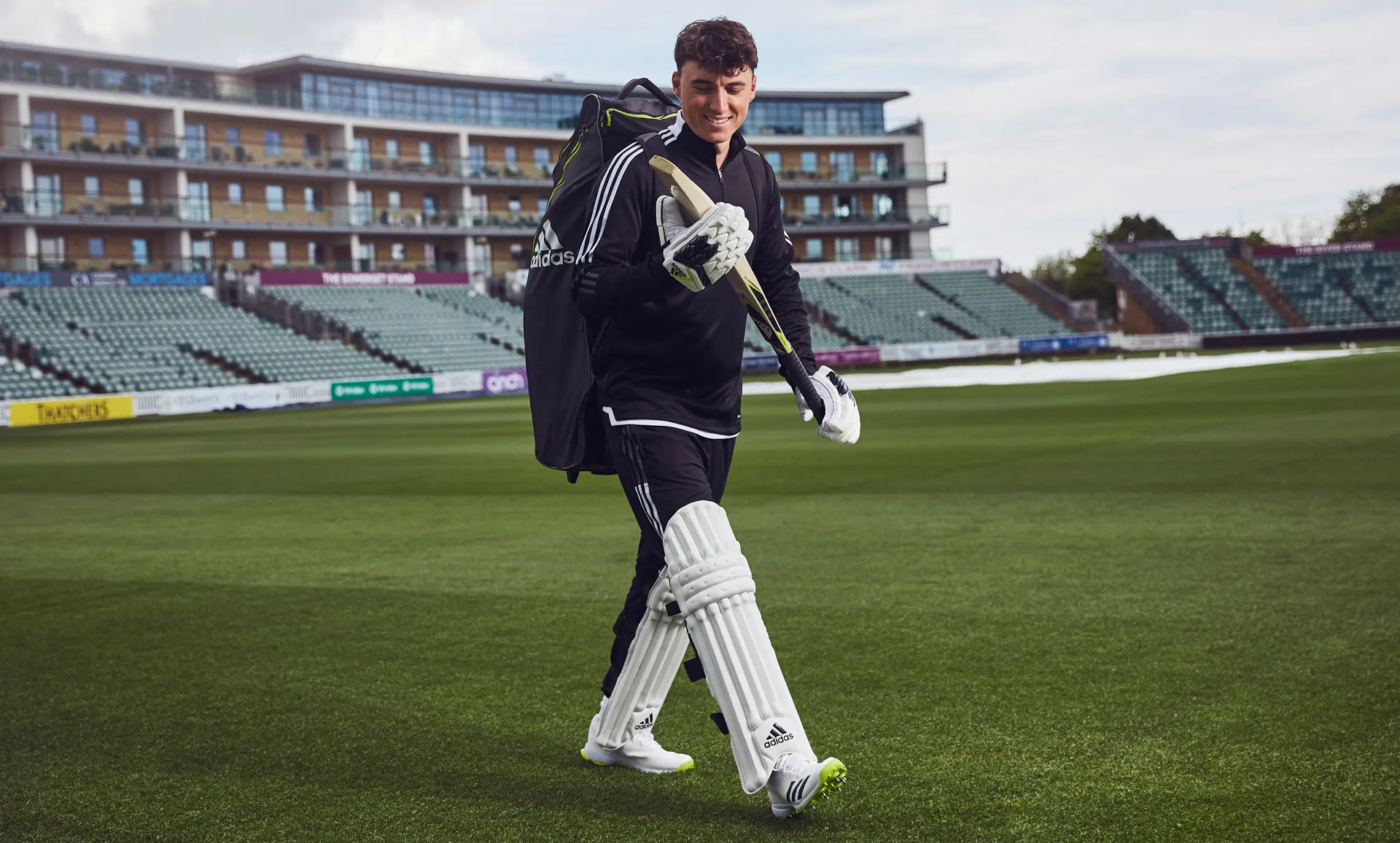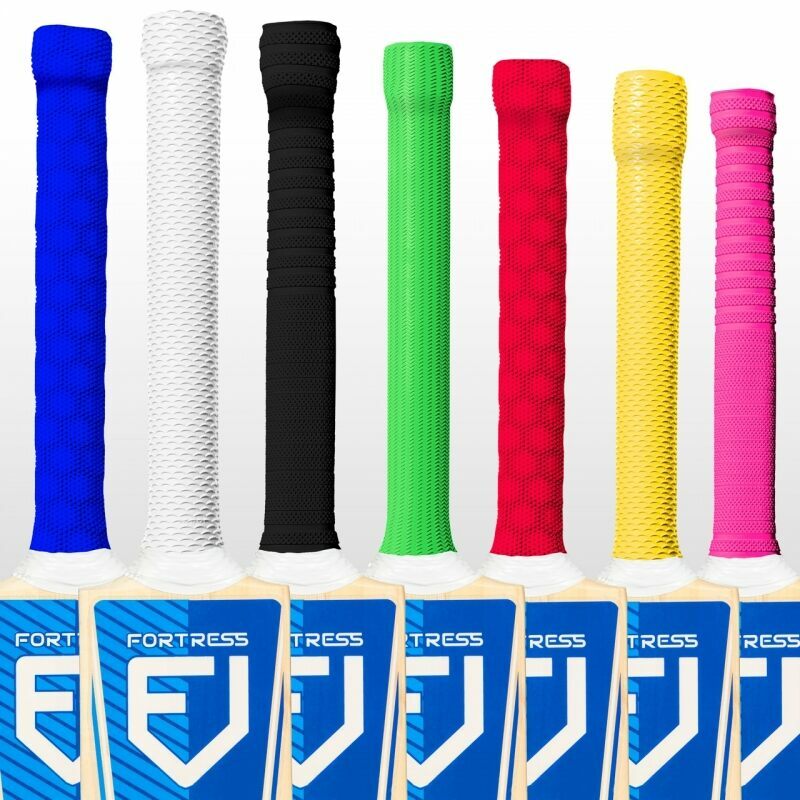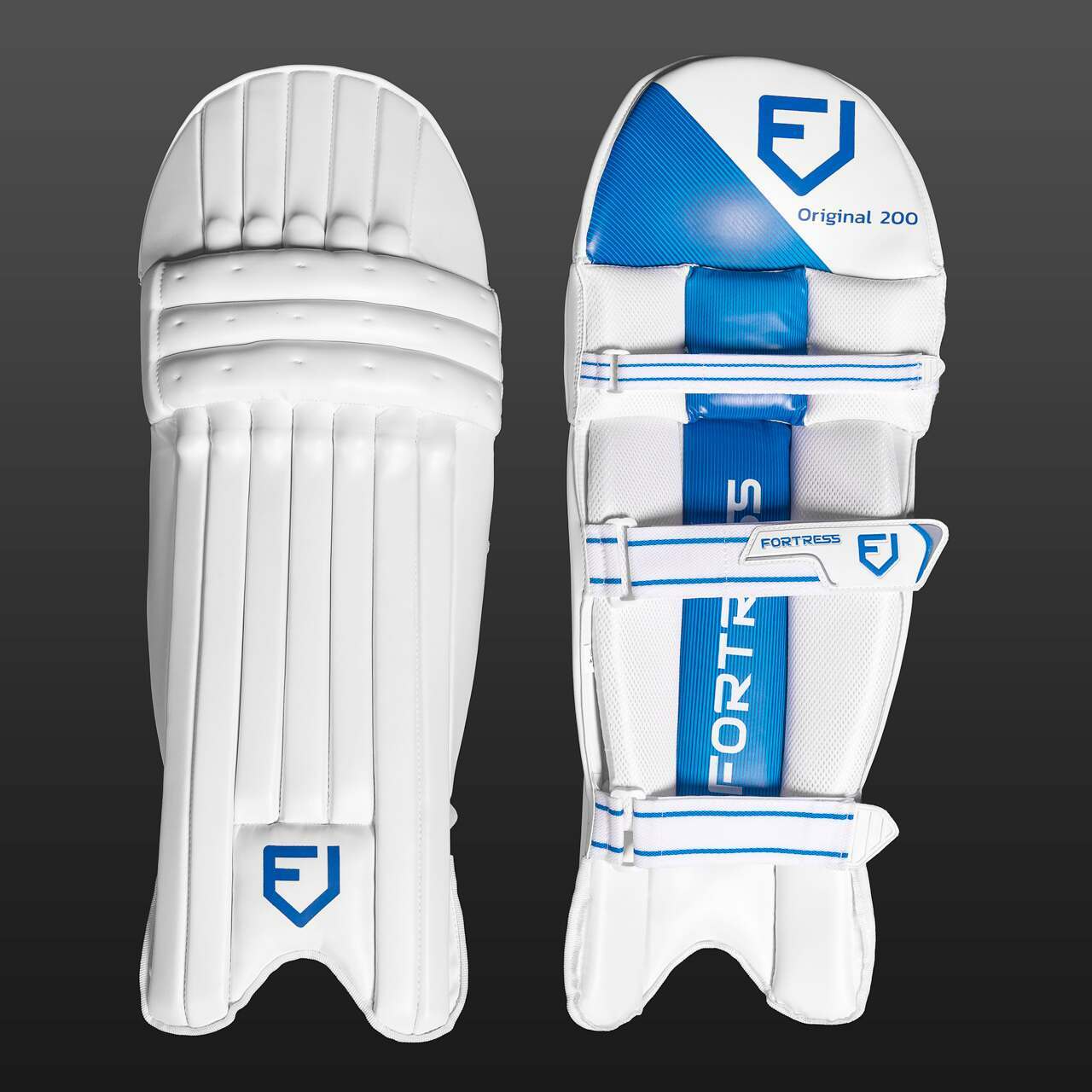Introduction
Choosing the right Cricket Kit Bag is not just about aesthetics — it’s a functional classification and retrieval problem: you want gear stored, protected, and retrievable with low friction. Think of your kit bag as a durable, structured index for your cricket objects (bats, pads, gloves, helmet, shoes, accessories).
A well-designed bag reduces physical risk (warped bats, dented helmets), lowers operational friction (faster packing and unpacking), and reduces negative side-effects like persistent odor and mildew, which are noise in the “signal” of a good cricket experience.
You can query the market and rank bag candidates effectively: we’ll define bag types, translate user intent (junior vs touring pro) into capacity vectors, list feature tokens (bat cave, helmet pocket, vented compartment), and provide test protocols (zippers, wheels, ventilation) you can use as evaluation metrics. You’ll get market price ranges for India, Pakistan, and the UK, case-based recommendations, a ready-to-paste comparison table, and a maintenance checklist.
One-line picks (intent → best bag mapping)
- Travel/heavy load: Large wheelie trolley (80–120 L+) — lowers back strain.
- Club/academy: Mid-size duffle/kit bag with 2 bat caves + helmet pocket.
- Junior/lightweight: Backpack kit bag (40–60 L) — ergonomic for kids.
- Wicketkeeper: Bag with reinforced base + dedicated glove and spike compartments.
What is a Cricket Kit Bag — and why it matters
A cricket kit bag is a containerized storage solution engineered to protect, organize, and transport cricket equipment. From a viewpoint, a kit bag is an ontology: it maps types of cricket items to compartments, constraints (size, protection), and behaviors (ventilation, wet/dry separation). A poor ontology leads to misclassification (wet items stored with dry, bats exposed to stress), which increases error rates (gear degradation) and user dissatisfaction (friction, smell).
Buying the wrong bag means more replacements, more manual sorting, and more cognitive load on match day. Buying the right bag aligns capacity, protection, and ergonomics with your usage pattern.
Types of cricket kit bags
Below, we convert user profiles to bag-type embeddings so you can match intent → product.
Duffle / Traditional kit bag
Who: Club and academy players.
Why: High capacity, simple layout, cost-effective.
Use-case tokens: 1–2 bats + full kit, quick access, budget-sensitive.
Backpack kit bag
Who: Juniors, commuters.
Why: Compact, ergonomic, usually 35–60 L.
Use-case tokens: Walk-to-nets, carry 1 bat, and light gear.
Wheelie / Trolley bag
Who: Touring pros, multi-day travel.
Why: 80–120 L+ capacity, wheels offload weight.
Use-case tokens: Multiple bats, kit for extended trips, airport/transit-friendly.
Pro / Team bag
Who: Professional players, team managers.
Why: Durable materials, many bat caves, reinforced base.
Use-case tokens: Heavy daily use, equipment redundancy.
Specialist wicketkeeper bag
Who: Wicketkeepers.
Why: Extra glove pockets, reinforced bottom, and shoe/spike compartments.
Use-case tokens: Dedicated gear separation, durability for spikes.

Nine practical checks when choosing a cricket kit bag
Treat these as evaluation features for a product ranking model. Rank each bag on 1–5 and total for a score.
- Size & capacity — measure first
Measure the longest bat, bulkiest pads, and helmet dimensions. Capacity ranges:- Junior/academy: 35–60 L
- Club: 60–90 L
- Travel/pro: 80–120 L+
Pro tip: Keep 10–20% volume headroom for wet kit or extras.
- Bat storage (bat caves)
Full-length bat caves keep bats aligned and reduce blade stress. External quick-access sleeves increase convenience. 2 bat caves are common; pros prefer 3–4. - Helmet pocket & padding
Look for a semi-rigid or padded pocket to maintain helmet shape. Removable shells add transport flexibility. - Wet/dry separation & ventilation
Mesh vents, wet pockets, and moisture-wicking linings reduce microbial growth and odor — crucial in high-humidity climates. - Wheels & handles
For wheelies, check rubberized, oversized wheels and reinforced housings. Telescopic handles should be rigid and well-anchored. - Material & build quality
Prefer 600D–1680D polyester/nylon, taped seams, PU coating, and YKK zips. Reinforced stitching at stress points predicts longevity. - Comfort & portability
Padded shoulder straps, ergonomic back panels, and sternum straps for backpacks. Consider empty weight for junior users. - Weight & packability
Empty bag weight + functional capacity = effective portability. Lightweight materials often sacrifice reinforcement. - Warranty & after-sales
Multi-year warranty and transparent return policy matter — they’re proxies for brand confidence and durability.
How to measure your gear
- Lay the bat flat, measure from tip to butt end (cm/inches).
- Stack pads as they sit compressed in the bag; measure height and width.
- Measure helmet front-to-back and top-to-bottom (including visor if present).
- Record shoe length and intended storage orientation (horizontal vs vertical).
- Sum up approximate volumes; add 10–20% buffer. Convert to liters using standard volume approximations if needed.
Quick conversion heuristics:
- 40–60 L = 1 bat + pads + gloves + small accessories
- 80–110 L = 2–3 bats + full kit + shoes + extras
Compartments that matter
- Full-length bat cave(s) — essential for bat protection.
- Padded helmet pocket — keeps helmet integrity.
- Wet/dry compartment or vented shoe pocket — isolates moisture.
- External quick-access pocket — phone, wallet, keys.
- Padded straps / ergonomic back panel — human factors.
- Reinforced base — spike resistance, long-term durability.
These are the phrases shoppers search for and that search engines map to high-intent queries.
Materials & build — what engineering specs to look for
- Denier: 600D–1680D polyester/nylon indicates robustness.
- Seams: Heat-taped or sealed seams increase water resistance.
- Coating: PU coating or water-repellent finishes reduce moisture ingress.
- Zippers: YKK or equivalent named-brand zippers are repeatable reliability signals.
- Base: Reinforced PU base or molded base absorbs spike impacts.
- Stitching: Double-stitched seams at handles and bat sleeves protect against tear-through.
Product descriptions that list denier, zipper brand, and coating convert better because they show measurable specs.
Wheels vs straps — decision tree
Travel often and carry several bats? Get a wheeled kit bag.
Walk to practice? Pick a backpack-style bag.
Need both? Try a hybrid with detachable wheels.
Wheel-check: rollout smoothness, wheel diameter, housing reinforcement, and ability to handle surfaces (asphalt, concrete, grass). Wobbly casters indicate poor engineering.
Ventilation & odor control (essential in humid climates)
- Vented compartments: mesh panels and perforations help convective airflow.
- Moisture-wicking linings: speed evaporation of sweat and damp kit.
- Wet/dry pockets: isolate moist items.
- Desiccants: silica gel or moisture absorbers for long-term storage.
- Care routine: remove damp items and air the bag — maintenance is a major variable in odor.
From an NLP perspective, include “vent”, “mesh”, “wet pocket”, and “moisture-wicking” as keywords in product sections for searches in humid-region markets.
Top cricket kit bags for 2025 (use-case buckets)
- Best premium pro bag: Gray-Nicolls Supernova — rugged, 100 L, 3 bat caves, padded helmet pocket.
- Best wheelie for travel: MRF Pro Wheelie — 110 L, heavy-duty wheels.
- Best value all-rounder: DSC SPLIIT PRO — midrange materials, YKK zips.
- Best backpack for juniors: Model Z — 40–50 L, light, well-padded.
- Best wicketkeeper bag: Wicketkeeper Model — extra glove pockets, reinforced bottom.
- Best budget full-size bag: Generic duffle — 60–80 L, basic bat pocket.
- Best airline-friendly trolley: Compact travel wheelie — optimized for cabin/checked luggage sizing.
- Best high-ventilation bag: Vent Mesh Model — vented shoe and wet pockets.
- Most durable base: Reinforced PU Base Model — ideal for spike users.
- Best compact kitbag: Small duffle — entry-level, portable.
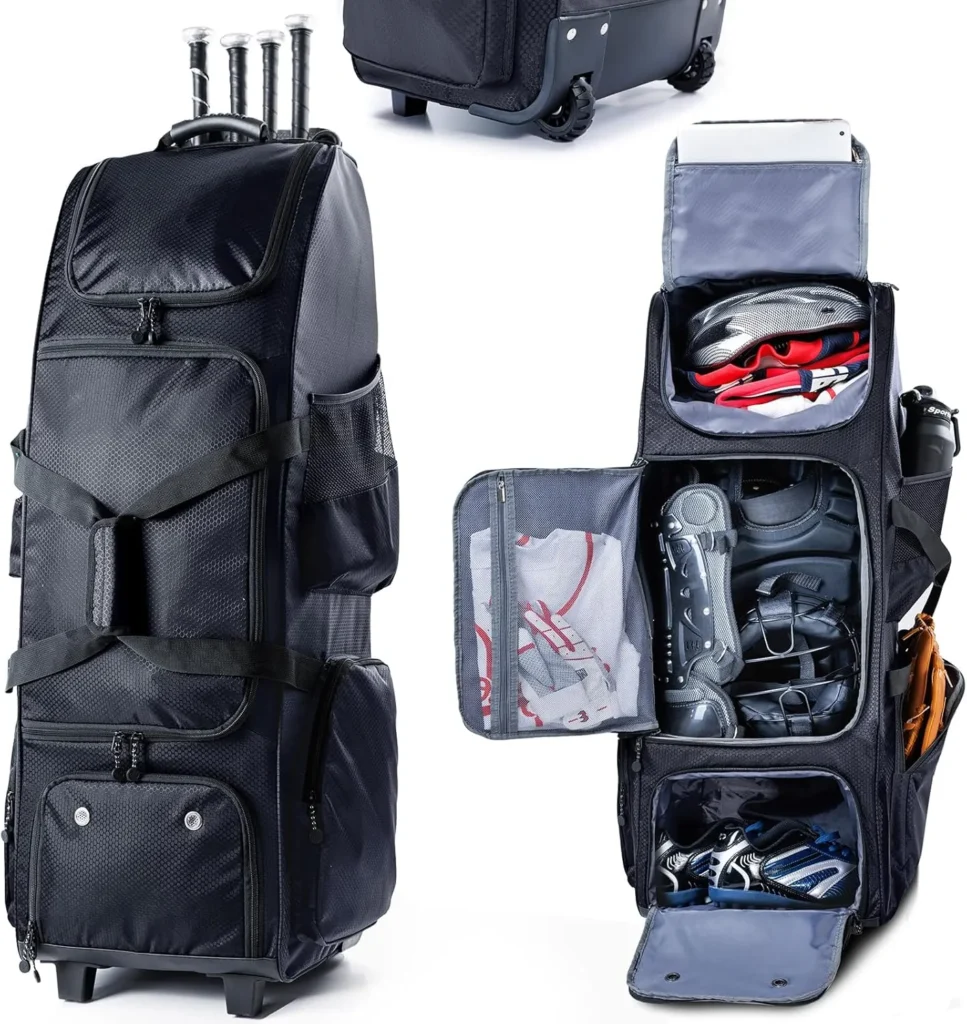
Head-to-head comparison table
| Model | Type | Capacity (L) | Bat Caves | Helmet Pocket | Wheels | Price tier |
| Gray-Nicolls Supernova | Wheelie/Duffle | 90–110 | 2–3 | Padded | Yes | Premium |
| DSC SPLIIT PRO | Duffle | 70–90 | 2 | Yes | No | Midrange |
| MRF Pro Wheelie | Wheelie | 100–120 | 3 | Yes | Heavy-duty | Premium |
| Junior Pack (example) | Backpack | 40–50 | 1 | No | No | Budget |
Real-world testing: field checklist
If you can test in-store or have a demo model, use these objective tests. If online, request demo videos.
- Zipper stress test: Load the bag to rated capacity and perform full zips/unzips to detect splitting or misalignment. Repeat 5 cycles.
- Wheel roll test: Pull the trolley across asphalt, concrete, and grass; check for wobble, binding, or detachment.
- Bat fit & pressure points: Insert your longest bat(s) and inspect for blade pressure against seams.
- Handle & seam inspection: Pull handles and straps with steady force to check for seam failure.
- Ventilation test: Place a damp towel in a ventilated pocket for 30–60 minutes and inspect for airflow and drying.
- Carry test: Pack a full kit and carry/roll for 10 minutes — note strain on shoulders/back and wheel performance.
- Wear & tear simulation: If possible, simulate repeated entry/exit cycles to check zipper and seam integrity.
Price ranges by market
India: Budget ₹800–3,000; midrange ₹3,000–8,000; premium ₹8,000+
Pakistan: Local manufacturing and lower-priced imports; imported premium bags cost more due to customs.
UK/EU: Prices skew higher due to brand premiums, VAT, and shipping — expect midrange to premium to be more costly than South Asian markets.
Implementation tip: show live price widgets or monthly-updated snapshots to reduce mismatches and improve conversions.
Maintenance & care — extend bag lifetime
- Empty the bag after every session and air it fully.
- Remove the wet kit promptly.
- Dry wet pockets separately.
- Clean with mild soap and a soft brush; avoid machine washing unless the label permits.
- Store away from direct sunlight (UV degrades fabric).
- Check zips/seams monthly and repair small tears promptly.
- Spray sealed seams with water-repellent if you play in wet conditions regularly.
Common mistakes to avoid when buying a cricket kit bag
- Buying by color or brand alone — features > aesthetics.
- Choosing the biggest bag “just in case” — overcapacity adds weight and reduces portability.
- Overlooking ventilation in humid climates leads to odor problems.
- Ignoring wheel quality for wheelies — cheap wheels are costly to replace.
- Not checking empty weight — especially important for junior users.
Pros & Cons of major bag types
Wheelie/trolley
- Pros: Easy on the back, large capacity, travel-friendly.
- Cons: Heavier empty weight, bulky to store, and wheels may require maintenance.
Duffle/kit bag
- Pros: Versatile, cost-effective, roomy.
- Cons: Can be heavy on a single shoulder, less ideal for long walks.
Backpack
- Pros: Lightweight, ergonomic for juniors, ideal for short walks.
- Cons: Limited capacity, not ideal for multiple bats.
Pro/team bag
- Pros: Durable, multiple compartments.
- Cons: Heavy and expensive.
Expert framework: How AhsanSportsGear.com recommends you shop
- Measure first: The longest bat determines most constraints.
- Map to use-case: Local nets → duffle; touring → wheelie; junior → backpack.
- Pre-test: When possible, perform a zipper and wheel test.
- Prioritize ventilation: If you live in humid climates.
- Choose warranty & serviceability: Keep receipts and register warranties.
Frequently Asked Questions
A: Start by measuring your longest bat and the bulkiest pads. Use the following capacity heuristics: 40–60 L for juniors and light kits; 60–90 L for club players; 80–110 L for travel and multi-bat setups. Add 10–20% spare volume for the wet kit and extras. If you need mobility (walking to nets), prioritize backpacks or smaller duffles. If you travel (train/plane/car) often, a wheelie with 80–120 L capacity is better.
A: Neither is universally “better”—they serve different intents. Wheelie bags offload weight for travel and heavy loads; backpacks are better for walking, storage constraints, and juniors. Choose based on the distance you’ll carry it, surface types (wheelies struggle on soft grass), and how many bats/what volume you need.
A: Many professional/peaked pro bags support 3–4 bats across internal and external bat Many professional/peaked pro bags support 3–4 bats across internal and external bat caves, sometimes more, depending on model and bat sleeve arrangement. Check manufacturer specs for bat cave count and confirm bat length compatibility — some pros carry full-size and short-haft bats together, which requires flexible bat sleeve geometry.
A: Ventilate: remove the wet kit and let the bag air-dry. Use built-in wet/dry pockets and moisture absorbers (silica gel). Clean linings with mild detergents, avoid leaving damp items inside, and periodically spray a fabric-safe antimicrobial or odor neutralizer. For storage, keep desiccants in place and store them in a well-ventilated area.
Example product write-up template
Quick Verdict
Best for: Club players/midrange budget
Capacity: 75 L
Bat caves: 2 full-length bat sleeves
Helmet pocket: Padded, removable shell
Materials: 900D polyester, PU base, YKK zips
Weight (empty): 2.6 kg
Warranty: 2 years
Why we like it: Strong bat protection, large main compartment, good price for features.
Weakness: No wheels; slightly heavier than other duffles.
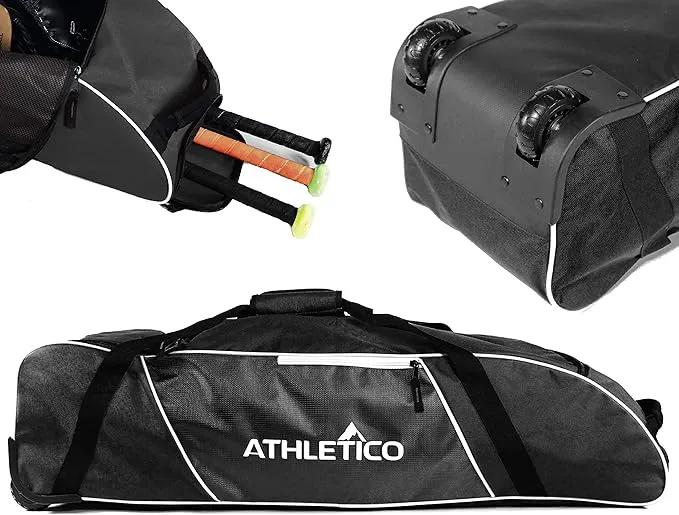
Final buying checklist
- Measured the longest bat?
- Bag capacity ≥ required L?
- At least 2 bat caves (or more for pros)?
- Padded helmet pocket?
- Wet/dry pocket or vented compartment?
- Wheels tested (if wheelie)?
- Reinforced base for spikes?
- YKK zips or equivalent?
- Warranty & return policy checked?
Conclusion
A cricket kit bag is a small but high-impact investment: it reduces gear failure, lowers match-day friction, and can materially affect how often you replace helmets and bats. Start with measure-first behavior — your longest bat is the dominant feature vector. Map your user intent (local practice, club, touring pro, junior) to capacity and features (bat caves, helmet padding, wet/dry separation, wheel quality).
Prioritize ventilation in humid climates, and prefer named-spec components (Denier Rating, YKK Zips, PU Base). Test zips and wheels where possible, and document tests for transparency on product pages to increase trust. For most players, a midrange duffle balances price and longevity; for heavy travelers, a reinforced wheelie with strong wheels and a sturdy base is worth the premium.
Follow the maintenance checklist and avoid choosing a bag by color alone. Measure first, align features to use-case, and your gear will stay safer, and your match-day flow will be smoother.
